Introduction: Understanding the Basics of Floor Sanding
Floor sanding is an essential part of maintaining and preserving the beauty and integrity of wooden floors. It involves removing the top layer of the wood to reveal a fresh, smooth surface. This process is necessary to remove scratches, stains, and imperfections that may have accumulated over time, as well as any signs of rot or decay, moisture content, and any pipes in the sub-floor void.
The benefits of floor sanding for wooden floors are numerous. It helps to ensure a smooth surface for the new finish to adhere to, as well as to protect the floor from scratches, stains, and general wear and tear. Floor sanding also helps to restore the original color and texture of the wood, giving it a new lease of life. Additionally, it helps to reduce the risk of rising damp, rot, and decay, as well as the risk of freezing pipes in the sub-floor void.
Floor sanding contributes to the longevity and aesthetics of wooden floors in several ways. It helps to remove any existing finish, dirt, dust, and debris, ensuring a smooth surface for the new finish to adhere to. It also helps to restore the original color and texture of the wood, giving it a new lease of life. By removing imperfections and signs of damage, floor sanding helps to improve the overall appearance and durability of the floor, extending its lifespan and maintaining its beauty.
The Importance of Professional Floor Sanding
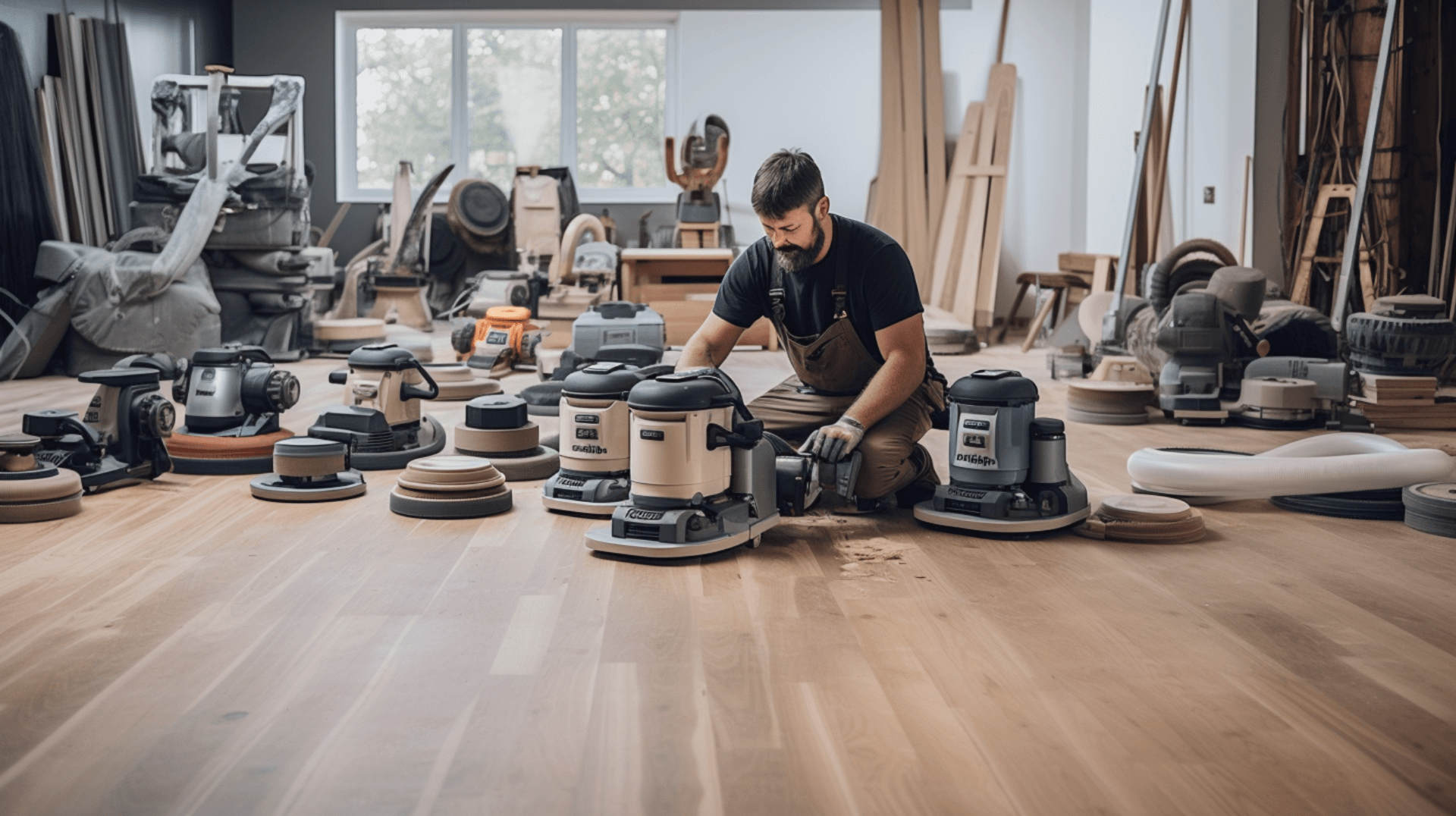
Professional floor sanding services like GJP Floor Sanding are essential for achieving the best results for your wooden floor. Floor sanding is a complex process that requires the right tools, techniques, and expertise to ensure optimal results. DIY floor sanding can be risky and time-consuming, and can often lead to costly mistakes and damage to the floor.
One of the main reasons to consider professional floor sanding services is the expertise and experience that professionals bring to the job. We have the knowledge and skills to assess the condition of your floor and recommend the best course of action to achieve the desired results. We are also highly trained in the use of the latest equipment and techniques, ensuring a high-quality finish.
DIY floor sanding, on the other hand, can be risky and may not produce the desired results. It requires the use of specialized equipment and techniques, and can be dangerous if not done correctly. Without the right knowledge and experience, DIY floor sanding can lead to uneven sanding, scratches, and other imperfections. Additionally, it can be difficult to achieve the desired results without the right tools and equipment.
Professional floor sanding services use the latest dustless sanding technology to ensure a clean and dust-free environment. We also use the best quality materials and the latest techniques to ensure the best results for your wooden floor. Our team of experts are knowledgeable and experienced in all aspects of wooden floor finishing, from sanding and staining to sealing and polishing.
Factors Influencing the Cost of Floor Sanding

Factors Influencing the Cost of Floor Sanding:
The cost of floor sanding can vary significantly depending on several factors. The size and condition of the floor, the type of wood used, and the complexity of the job all play a role in determining the cost.
The size of the floor is a crucial factor in determining the cost of floor sanding. Larger floors require more time and materials to complete the sanding process, resulting in higher costs. Additionally, if the floor is in poor condition and requires extensive repairs or treatments before sanding, such as sealing or staining, the cost will also increase.
The type of wood used in the floor is another factor that influences the cost. Harder woods, like oak and maple, are more challenging to sand and require more time and effort, leading to higher costs. Softer woods, such as pine and cedar, are easier to sand and require less time and effort, resulting in lower costs.
The complexity of the job can also affect the cost of floor sanding. If the job involves additional repairs, treatments, or special equipment and techniques, the cost will be higher. For example, if the floor has intricate patterns or designs that require extra attention, it may require more time and effort, increasing the overall cost.
Understanding the Floor Sanding Process

Understanding the Floor Sanding Process:
The floor sanding process is a crucial step in maintaining and preserving the beauty and integrity of wooden floors. It involves several steps, including preparation, sanding, staining, sealing, and polishing. Each step is essential for achieving the desired results and contributes to the overall cost.
- Preparation: The preparation step involves assessing the condition of the floor, including signs of rot or decay, moisture content, and any pipes in the sub-floor void. This step helps determine the best course of action and contributes to the overall cost. Additionally, checking for gaps in the floor covering or damage to the floorboards is important to prevent unwanted air infiltration.
- Sanding: The sanding step uses specialized equipment and techniques to remove the top layer of the wood. This process eliminates scratches, stains, and imperfections, restoring the original color and texture of the wood. The direction of sanding may need to be adjusted depending on the condition of the floor, which can affect the overall cost.
- Staining: Staining is an optional step that adds color to the wood and enhances its appearance. It can be used to achieve a specific aesthetic or match the existing decor. The cost of staining depends on the type of stain used and the complexity of the desired color.
- Sealing: Sealing the floor is crucial for protecting it from scratches, stains, and general wear and tear. It helps to prolong the lifespan of the floor and maintain its beauty. The cost of sealing depends on the type of sealant used and the size of the floor.
- Polishing: The final step is polishing, which gives the floor a smooth and glossy finish. It enhances the overall appearance and contributes to the final cost. The cost of polishing depends on the type of polish used and the size of the floor.
Each step of the floor sanding process is crucial for achieving the desired outcome. Preparation ensures a smooth surface, sanding removes imperfections, staining adds color, sealing protects the floor, and polishing enhances the appearance. By following these steps, homeowners and business owners can achieve a beautiful and durable wooden floor.
The Role of Floor Sanding Equipment in Cost Determination

The Role of Floor Sanding Equipment in Cost Determination:
Floor sanding equipment plays a crucial role in determining the cost of a project. The type of equipment used can vary depending on factors such as the type of wood being sanded and the complexity of the job. It is important to use high-quality equipment to achieve the desired results and avoid additional costs.
The most common types of floor sanding equipment include drum sanders, edgers, and hand sanders. Drum sanders are used to remove the top layer of the wood and are more efficient for covering larger areas. Edgers are used for sanding the edges and corners of the floor, while hand sanders are used for more intricate areas.
The choice of equipment can affect the cost of the project. Drum sanders are generally more expensive than edgers and hand sanders, but they can cover larger areas in less time. Edgers and hand sanders are more affordable but may require more time and effort to complete the job.
Using high-quality equipment is important for achieving a smooth and even finish. Poor-quality equipment can lead to uneven sanding, scratches, and other imperfections, which may require additional time and effort to fix. High-quality equipment is designed to provide better results and can contribute to a more efficient and cost-effective sanding process.
The Cost of Floor Sanding Materials
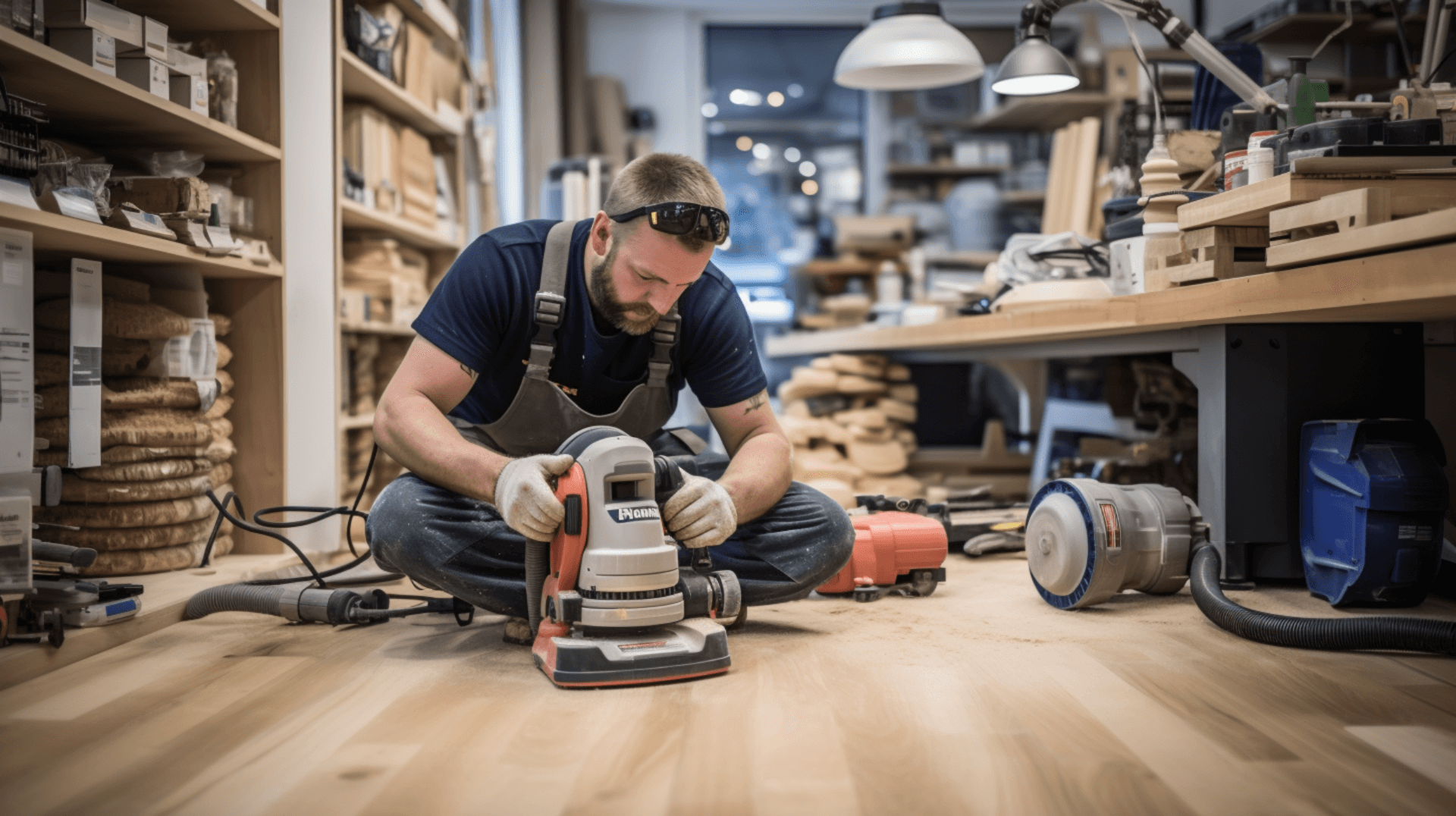
The Cost of Floor Sanding Materials:
Materials required for floor sanding include sandpaper, sealants, stains, and polishes. Sandpaper is used to remove the top layer of the wood, while sealants, stains, and polishes are used to protect and enhance the floor’s appearance. The cost of these materials can vary depending on the type and quality of the products used.
High-quality materials are essential for achieving the desired results. Poor-quality materials can lead to uneven sanding, scratches, and other imperfections, which may require additional time and effort to fix. High-quality materials are designed to provide better results and can contribute to a more efficient and cost-effective sanding process.
The cost of the materials used for floor sanding can vary significantly depending on the type and quality of the products. Sandpaper is generally the most affordable material, while sealants, stains, and polishes can be more expensive. Additionally, the cost of the materials can be affected by the size of the floor and the complexity of the job.
To meet current building regulations, insulation materials may also be required to achieve a thermal transmittance (U-value) of at least 0.25 W/m2K in England, Wales, and Northern Ireland, and 0.22 W/m2K in Scotland. These insulation materials can add to the overall cost of the floor sanding project.
Labor Costs in Floor Sanding
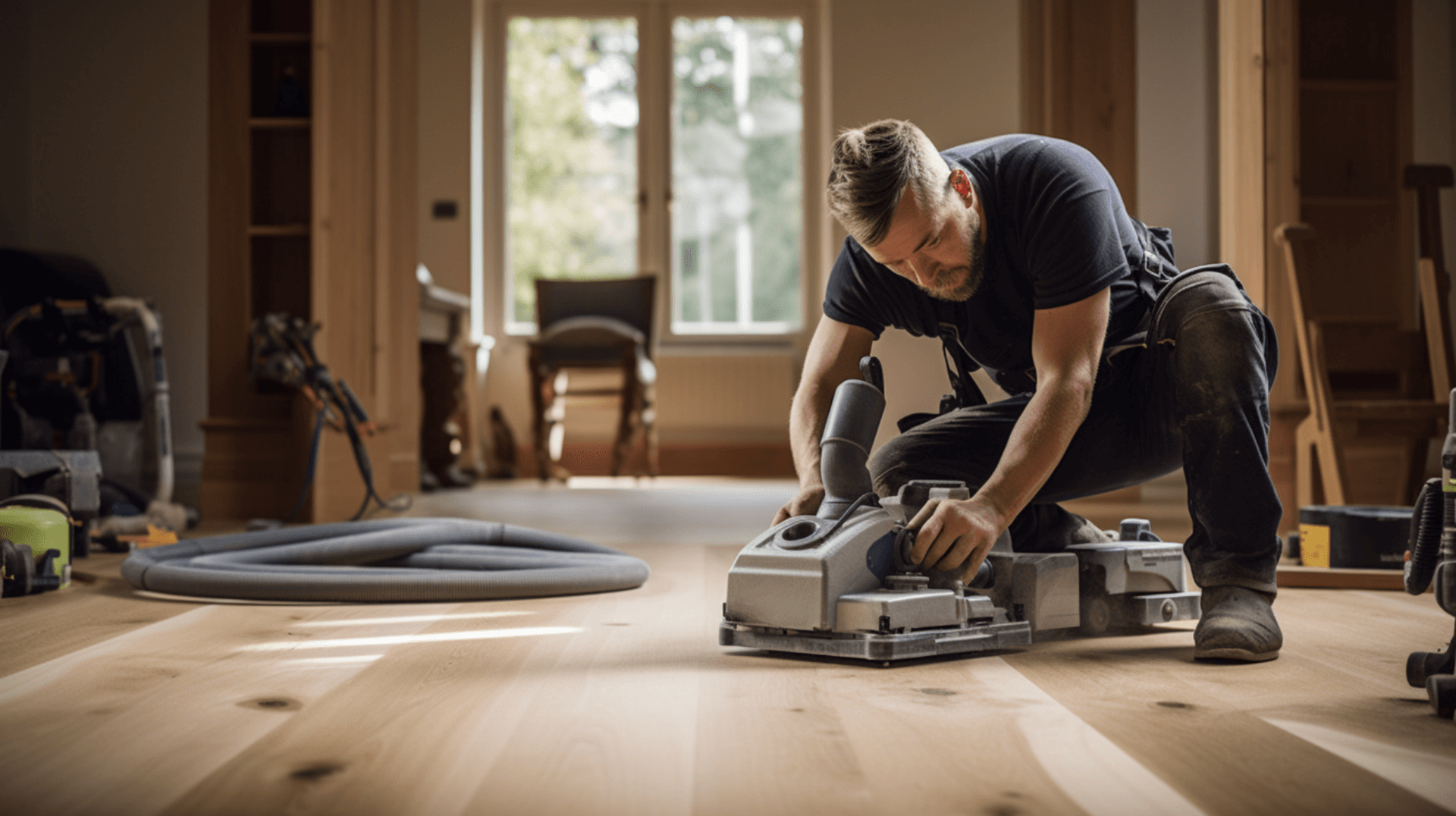
Labor costs are a significant factor in determining the overall cost of floor sanding. Professional floor sanding services typically charge an hourly rate for our services, which can vary depending on the size and complexity of the job. The average cost of professional floor sanding services is typically between $30 and $50 per hour.
The expertise of the professionals is a key factor in determining the cost of floor sanding. Professionals with more experience and knowledge of the process can provide better results in less time, resulting in lower costs. They are familiar with different types of wood flooring and the proper techniques for sanding and refinishing. Their expertise allows them to assess the condition of the floor and recommend the best course of action to achieve the desired results.
The type of equipment used can also affect the cost of floor sanding. High-quality equipment is designed to provide better results and can contribute to a more efficient and cost-effective sanding process. Poor-quality equipment can lead to uneven sanding, scratches, and other imperfections, which may require additional time and effort to fix.
The Impact of Floor Type and Condition on Sanding Costs
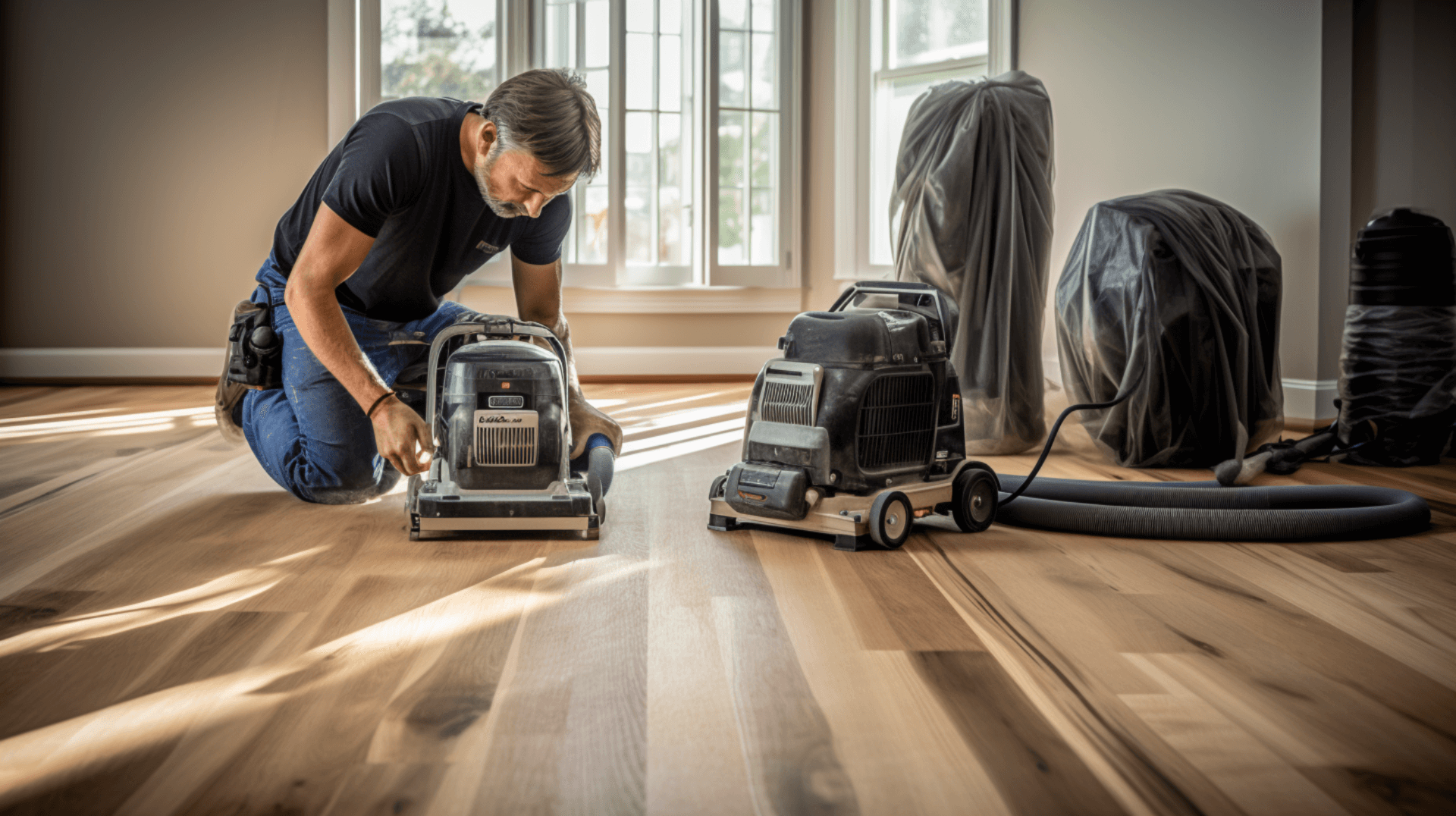
The type and condition of your wooden floor can have a significant impact on the cost of sanding. Harder woods, such as oak and maple, are more challenging to sand and require more time and effort, leading to higher costs. Softer woods, such as pine and cedar, are easier to sand and require less time and effort, resulting in lower costs. Additionally, suspended timber ground floors may require additional steps, such as the installation of a damp-proof course and vents, to ensure adequate cross-ventilation, which can add to the overall cost.
The condition of the floor is also a key factor in determining the cost of sanding. If the floor has damage or decay, it may need to be repaired before sanding. This can include replacing damaged floorboards, filling gaps, or treating rot or decay. Special treatments, such as staining or sealing, can also add to the cost.
In some cases, special tools and products may be required for floor repairs or treatments. These tools and products involve filling the damaged area to the flooring surface level, adding color to the area, and replacing natural wood characteristics using graining tools. These additional costs should be considered when budgeting for floor sanding projects.
Regular maintenance can help reduce long-term floor sanding costs. Cleaning the floor regularly with a suitable cleaning agent and using protective measures, such as rugs or mats in high-traffic areas, can help prevent scratches and wear. Additionally, applying a fresh coat of sealant or polish periodically can help maintain the floor’s appearance and protect it from damage, reducing the need for extensive sanding in the future.
Cost of PostSanding Treatments
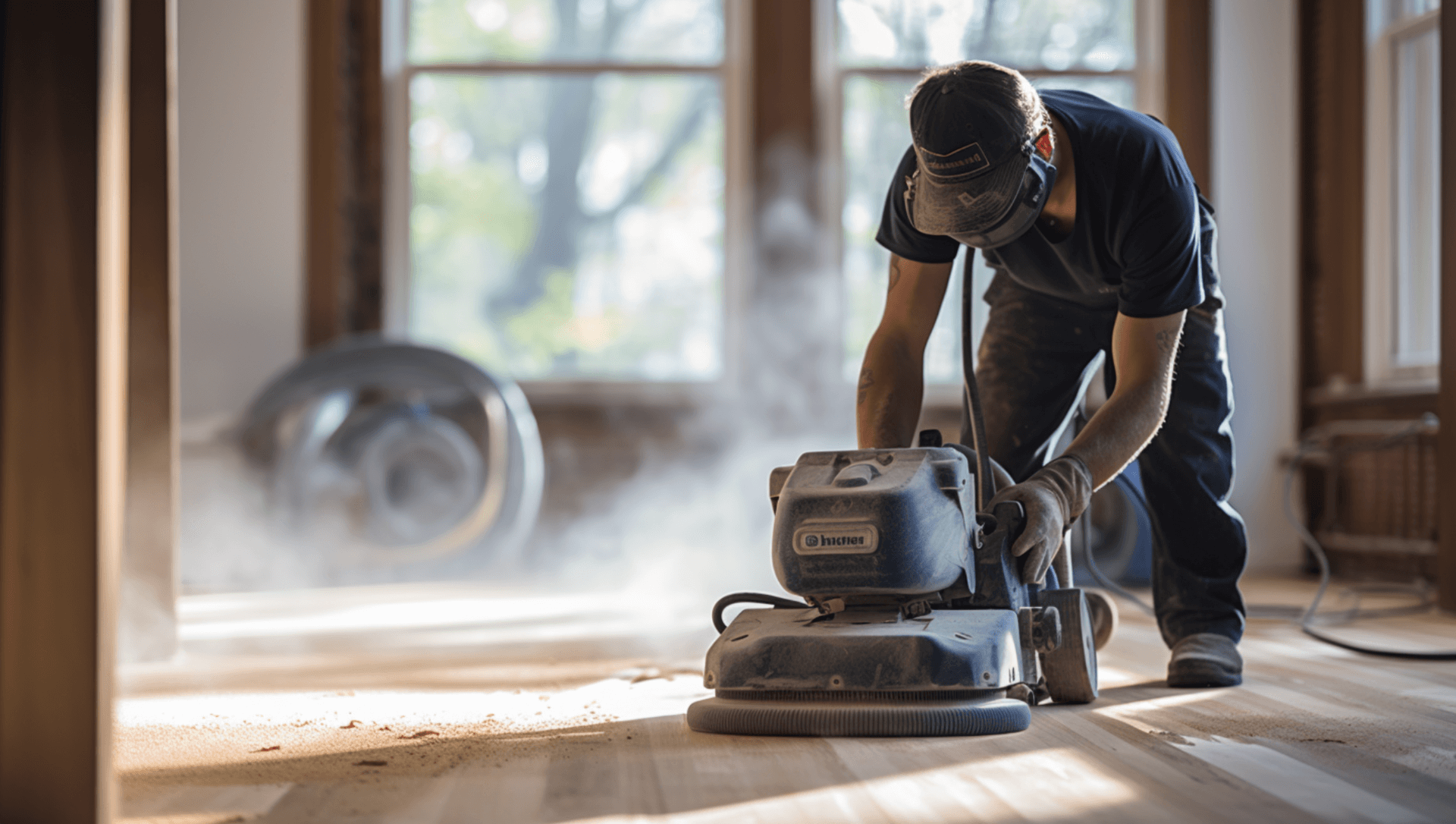
Post-sanding treatments are essential for achieving the desired results and protecting the floor from damage. These treatments include staining, sealing, and polishing, which can enhance the appearance of the floor and prolong its lifespan.
Staining is an optional step that adds color to the wood and enhances its appearance. It can be used to achieve a specific aesthetic or match the existing decor. The cost of staining depends on the type of stain used and the complexity of the desired color.
Sealing the floor is crucial for protecting it from scratches, stains, and general wear and tear. It helps to prolong the lifespan of the floor and maintain its beauty. The cost of sealing depends on the type of sealant used and the size of the floor.
Polishing gives the floor a smooth and glossy finish. It enhances the overall appearance and contributes to the final cost. The cost of polishing depends on the type of polish used and the size of the floor.
These treatments are recommended after floor sanding to protect the floor from damage and enhance its appearance. Staining adds color, sealing protects the floor, and polishing enhances the appearance. Additionally, for suspended timber ground floors, additional steps may be required to ensure adequate cross-ventilation, such as the installation of a damp-proof course and vents. These additional costs should be considered when budgeting for floor sanding projects.
By investing in these post-sanding treatments, homeowners and business owners can achieve a beautiful and long-lasting wooden floor that is protected from scratches, stains, and general wear and tear. The specific costs of these treatments will vary depending on the size of the floor and the specific products used.
Estimating Your Floor Sanding Costs with GJP Floor Sanding
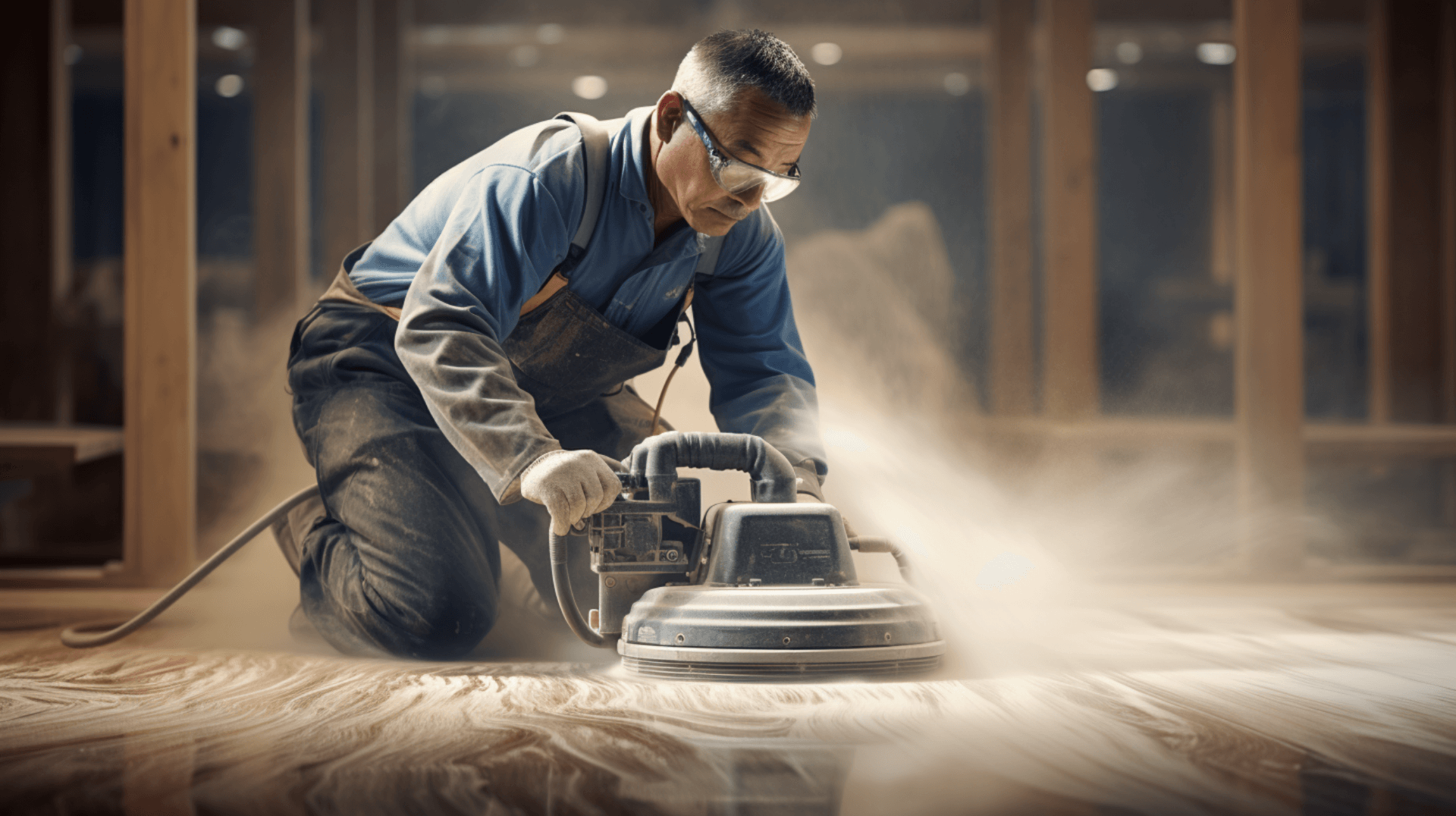
GJP Floor Sanding provides accurate and competitive estimates for floor sanding projects. Customers can contact GJP Floor Sanding directly or fill out an online form to request an estimate. When requesting an estimate, customers should provide information about the type of flooring, the size of the area, and the condition of the floor. This information helps GJP Floor Sanding provide an accurate estimate and ensures that customers receive the best possible service.
GJP Floor Sanding ensures competitive and fair pricing by using the latest technology and equipment. We offer a range of services, including floor repairs, staining, sealing, and polishing, allowing customers to choose the services that best suit our needs and budget. The company also provides a free consultation service to assess the condition of the floor and offer advice on the best course of action. This helps customers make informed decisions and ensures we receive the best possible service.
In addition to providing accurate estimates and competitive pricing, GJP Floor Sanding offers various payment options, including cash. This flexibility allows customers to choose the payment method that is most convenient for them.
By investing in GJP Floor Sanding’s services and taking advantage of our accurate estimates and competitive pricing, customers can achieve a beautiful and long-lasting wooden floor.
Why Choose GJP Floor Sanding for Your Wooden Floor Sanding Needs?
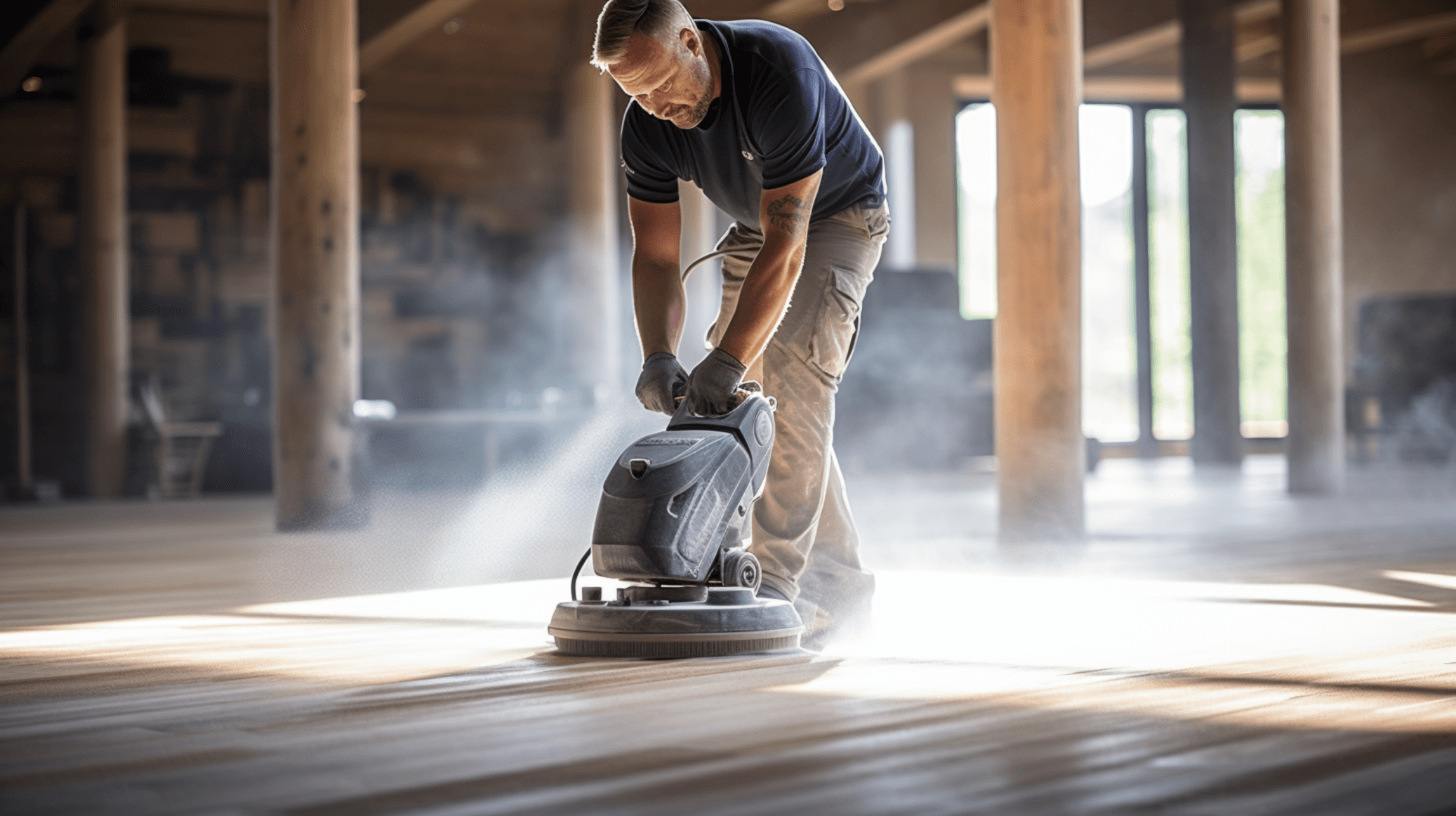
GJP Floor Sanding is a reliable choice for your wooden floor sanding needs due to our commitment to customer satisfaction and our use of the latest technology and equipment. We offer a range of services, including floor repairs, staining, sealing, and polishing, allowing customers to choose the services that best suit our needs and budget. The company also provides a free consultation service to assess the condition of the floor and offer advice on the best course of action. This personalized approach ensures that customers receive tailored solutions that meet our specific needs and achieve the desired results.
GJP Floor Sanding ensures customer satisfaction by providing accurate estimates and competitive pricing. We use the latest technology and equipment to ensure accurate and competitive estimates, allowing customers to have a clear understanding of the costs involved. Additionally, we offer various payment options, including cash, to provide flexibility and convenience for our customers.
Previous customers have had positive experiences with GJP Floor Sanding. We have praised the company for our professionalism, attention to detail, and commitment to customer satisfaction. Customers have also commented on the quality of the work and the competitive pricing offered by GJP Floor Sanding.
Overall, GJP Floor Sanding is a reliable choice for your wooden floor sanding needs. Our commitment to customer satisfaction, use of the latest technology and equipment, and positive customer experiences make us a trusted and reputable company in the industry.
Contact Us: Get Your Floor Sanding Estimate Today

To get an estimate or schedule a consultation with GJP Floor Sanding, customers can contact the company directly or fill out an online form. The company will then provide an accurate and competitive estimate based on the information provided.
The process of scheduling a floor sanding service with GJP Floor Sanding is simple and straightforward. Once the estimate is accepted, GJP Floor Sanding will arrange a convenient time to carry out the work. We will also provide advice on the best course of action to achieve the desired results, including ensuring adequate fire resistance and fire stopping, and separating or shielding the product from any heat-emitting appliances, fireplaces, chimneys, or flue pipes passing through a suspended floor.
GJP Floor Sanding is a reliable choice for your wooden floor sanding needs. We use the latest technology and equipment to ensure accurate and competitive estimates, and offer various payment options, including cash, to provide flexibility and convenience for our customers. Previous customers have praised the company for our professionalism, attention to detail, and commitment to customer satisfaction.
